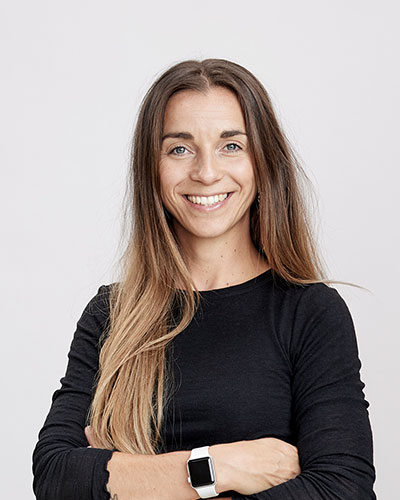Types of recycling
There are three main types of recycling that can "transform textiles into new fibers": mechanical, chemical, or thermal. The different recycling types depend on input, i.e., quality, while others depend on colors. For this reason, we specialize in detailed sorting in material, color, and structure.
Our goal is to keep as significant quantities as possible within the same loop, ensuring that clothing becomes clothing again. However, some quantities are 'downcycled' and enter new product categories such as paper, insulation, panels, etc., while others are incinerated if the material composition cannot be recycled or if textiles are wet or soiled.
